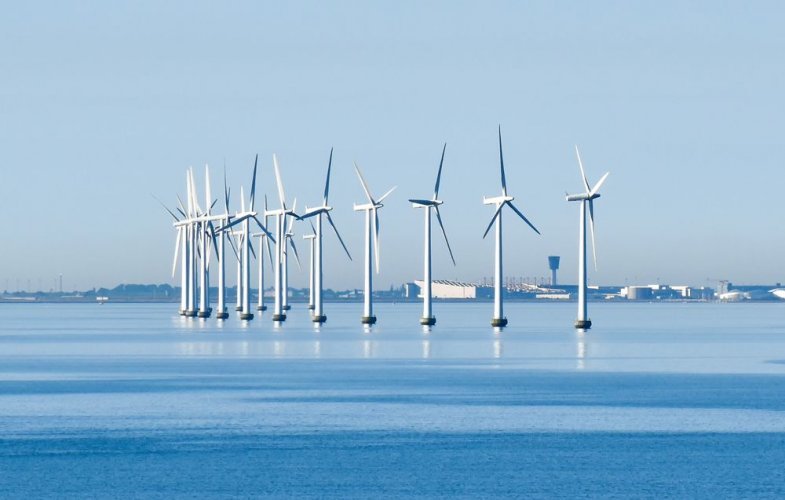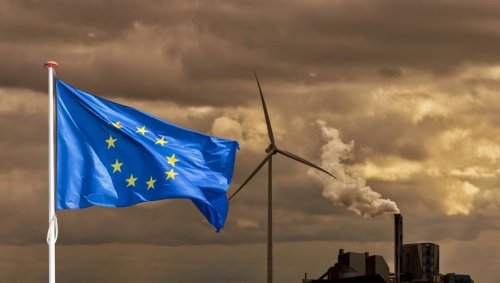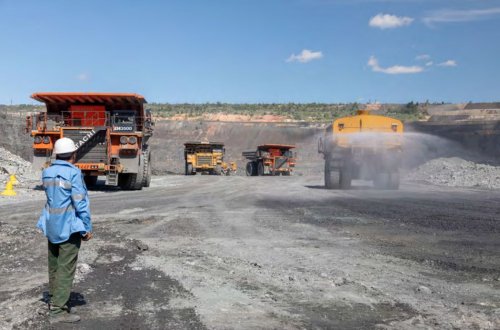European green steelmakers are calling for at least 31 GW of renewable energy capacity by 2030 to support the transition to low-carbon steel.
About half of these capacities are needed for the production of ecologically clean hydrogen, it is reported by Recharge News.
Hydrogen is an important component of the decarbonization of metallurgy, which accounts for 7.2% of global greenhouse gas emissions.
Currently, hydrogen is the only viable green option to replace coke or natural gas, which are used today to remove oxygen from iron ore, although large organizations are developing electrical processes such as electromining and molten oxide electrolysis.
Other high-temperature steelmaking processes may use electric arc furnaces powered by renewable energy sources.
The wind association WindEurope and the steel producers' trade organization Eurofer noted that the electricity needed to power steel plants and electrolyzers producing H2 in the EU would amount to 150 TWh.
This is equivalent to 31-49 GW of new wind capacity, depending on the mix of onshore or offshore wind. However, if the energy is produced exclusively by offshore wind, the industry will need only 31 GW, because offshore wind has a higher capacity factor compared to onshore wind farms.
This means that the equivalent of 15.5-25.5 GW of wind power would be needed just to produce hydrogen for the steel industry, which is 3-5% of the 510 GW REPowerEU EU target for wind by 2030. At 25.5 GW, this would account for more than half of the 41 GW of additional wind capacity that the EU plans by 2030 as part of the REPowerEU package.
Other RES, such as solar and hydro, can also be used to produce clean hydrogen, with REPowerEU aiming for 592 GW of solar power in the EU by 2030, an increase of 62 GW compared to the previous Fit for 55 target.
The article noted that the EU has taken into account some increase for the production of green hydrogen.
"The installed capacity of wind and solar power plants also needs to be increased to provide renewable electricity to electrolysers," it is said in the EU staff working document, which also raised the target for electrolysers to 65 MW by 2030 from 44 MW.
WindEurope noted that, in theory, wind could cover the electricity demand of steelmakers. A prerequisite for this to become a reality is that Europe reaches its target of 510 GW of wind energy.
The sector will need to more than double Europe's current installed wind power capacity of 190 GW, with an average of 39 GW of new wind capacity installed each year.
WindEurope added that steel companies would need to sign 31 GW of power purchase agreements (PPAs) to reach this number, governments should support PPAs and remove barriers to corporate PPAs.
EU energy ministers have agreed to speed up permitting for wind farms and increase renewable energy to 40% by 2030 as part of ongoing talks to revise the bloc's Renewable Energy Directive (RED) and Energy Efficiency Directive (EED).
We will remind the EU has developed a methodology for assessing intensity emissions in steel industry.
As EcoPolitic reported previously, experts have shown how to decarbonize the dirtiest sectors of industry.





